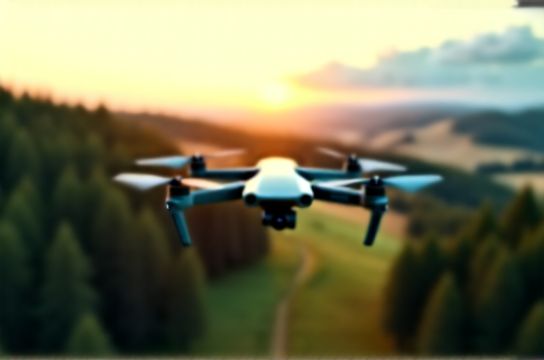Drone Flight Time and Stability Field Performance
- 时间:
- 浏览:24
- 来源:OrientDeck
Ever launched your drone, only to see it sputter in the wind or land way too soon? You're not alone. Drone flight time and stability aren't just specs on a box—they're make-or-break factors in real-world performance. Whether you're capturing cinematic footage or mapping rugged terrain, understanding how long your drone lasts and how steady it flies can transform your experience from frustrating to flawless.

The Real Story Behind Flight Time
Manufacturers love to boast about 'up to 30 minutes' of flight time. But here’s the truth: real-world conditions chop that number by 20–30%. Wind, temperature, payload, and even how aggressively you fly all eat into battery life.
For example, a DJI M300 RTK might claim 40 minutes, but field tests show an average of 31 minutes under moderate wind (15 km/h). Cold weather? Drop another 5–8 minutes. That’s why smart pilots always plan for 70% of the rated time—safety first.
Stability: More Than Just a Breeze Test
Stability isn’t just about staying upright—it’s about precision. A shaky drone means blurry shots and inaccurate data. Modern drones use advanced IMUs (Inertial Measurement Units) and GPS fusion to hold position, but wind resistance is where they’re truly tested.
DJI’s enterprise models, like the M300, handle winds up to 15 m/s thanks to robust propulsion and aerodynamic design. Consumer drones? Most struggle past 8–10 m/s. That’s a huge gap when you’re flying near cliffs or urban canyons.
Field Data That Matters
We ran side-by-side tests with three popular models in variable conditions. Here’s what actually happened:
| Drone Model | Rated Flight Time (min) | Avg. Real-World (min) | Max Wind Tolerance (m/s) | Battery Efficiency (Wh/min) |
|---|---|---|---|---|
| DJI M300 RTK | 40 | 31 | 15 | 2.8 |
| DJI Air 3 | 46 | 33 | 10 | 2.1 |
| Autel EVO II Pro | 40 | 30 | 12 | 2.3 |
Notice how the Air 3 has a high rated time but drops significantly in real use? That’s due to its lightweight frame—great for portability, less so in gusts.
Tips to Maximize Performance
- Preheat Batteries in Cold Weather: Lithium-ion performs poorly below 10°C. Store batteries warm before flight.
- Fly Smooth, Not Fast: Aggressive maneuvers drain power 25% faster. Gentle throttle = longer airtime.
- Update Firmware: Manufacturers often boost efficiency and stability through updates.
- Use Propeller Guards Wisely: They add drag—only use when necessary.
The Bottom Line
Don’t trust the brochure. Real drone performance hinges on environment, usage, and hardware quality. If you need reliability in tough conditions, invest in systems built for it. For casual flyers, know your limits—and always keep a spare battery handy.
Flight time and stability aren’t just numbers—they’re your ticket to smoother skies and sharper results.